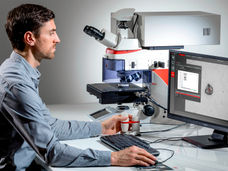Print your own laboratory-grade microscope for US$18
An open-source design gives schools, homes and labs the chance to 3D print their own precision microscopes
For the first time, labs around the world can 3D print their own precision microscopes to analyse samples and detect diseases , thanks to an open-source design created at the University of Bath.
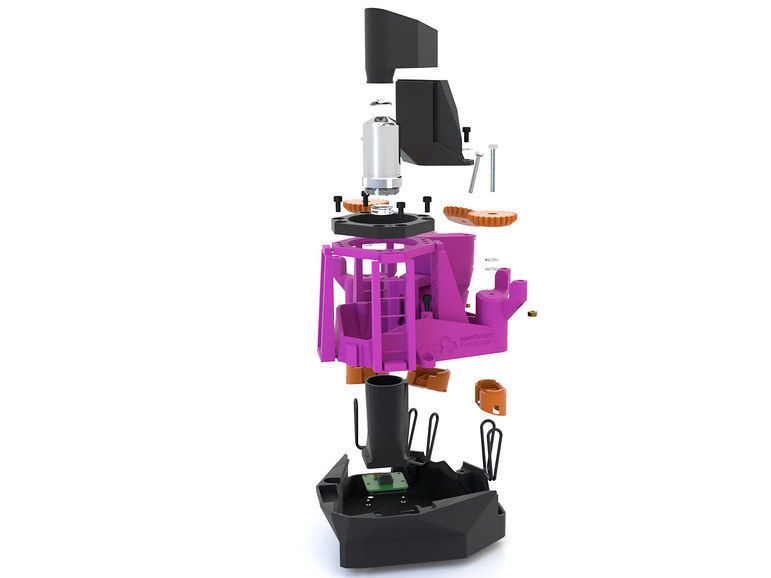
The 3D-printed OpenFlexure Microscope.
Dr Joel Collins
The OpenFlexure Microscope, described in Biomedical Optics Express, is a fully automated, laboratory-grade instrument with motorised sample positioning and focus control. It is unique among 3D-printed microscope in its ability to yield high-quality images. It has been designed to be easy to use, with an intuitive software interface and simplified alignment procedures. It is also highly customisable, meaning it can be adapted for laboratory, school and home use.
Best of all, the Bath design is a lot more affordable than a commercial microscope, both in terms of the upfront cost and the maintenance costs of the equipment. A commercial microscope intended for lab use can sell for tens of thousands of pounds. An OpenFlexure microscope can be constructed for as little as £15 or US$18 (this would cover the cost of the printed plastic, a camera and some fastening hardware). A top-end version would cost a couple of hundred pounds to produce, and would include a microscope objective and an embedded Raspberry Pi computer.
Dr Joel Collins, co-creator of the microscope and physics researcher at the University of Bath, said, "We want these microscopes to be used around the world - in schools, in research laboratories, in clinics and in people's homes if they want a microscope just to play with. You need to be able to pick it up and use it straight away. You also need it to be affordable."
To date, over 100 OpenFlexure microscopes have been printed in Tanzania and Kenya, demonstrating the viability of a complex piece of hardware being conceptualised in one part of the world and manufactured elsewhere.
Co-creator Dr Richard Bowman said, "Our Tanzanian partners, STICLab, have modified the design to better suit their local market, demonstrating another key strength of open source hardware - the ability to customise, improve, and take ownership of a product."
Covid-19 and 3D-printed medical devices
There has been a surge of interest in 3D printers since the onset of the pandemic, with many projects springing up around the world to develop low-cost, open-source 3D ventilators - or ventilator parts - to address the global shortage.
However, a piece of medical hardware requires years of detailed safety checks before it can be trusted for medical or laboratory use - the OpenFlexure Microscope project, for instance, has taken five years to complete. The Bath team believes it is highly unlikely that a new ventilator will be designed and approved during the course of this pandemic. They say it is much more likely that modifications of existing designs will be chosen by health authorities, where this is an option.
Dr Bowman, who has been working on the OpenFlexure project since its inception, first from the University of Cambridge and then from the Department of Physics at Bath, said, "Building a safety-critical medical device like a ventilator takes years for an organisation with hundreds of experienced engineers and an established quality management system. Making a ventilator that works in a few weeks is an impressive achievement, but ensuring it complies with even the relaxed, emergency version of the rules takes a lot longer than creating the initial design. Demonstrating to a regulator that the design and the manufacturing process meet all the requirements will be even harder."
He added, "The flip side is that the medical device industry is very conservatively regulated, and it would be a good thing if all of this new attention (in 3D printed hardware) means there's some rethinking done about how we can uphold high safety standards but make it easier to build something if you're not a mega corporation."
Original publication
Other news from the department science
These products might interest you
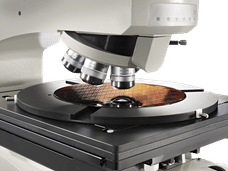
DM8000 M & DM12000 M by Leica
See More, Detect Faster
High-throughput Inspection Systems
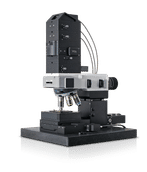
alpha300 R by WITec
3D Raman microscopes with unequalled speed, sensitivity and resolution
Visualize and characterize every chemical detail
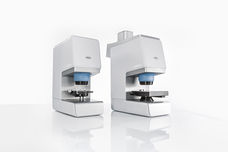
LUMOS II by Bruker
FT-IR microscopy in the fast lane - the LUMOS II
One infrared microscope for all
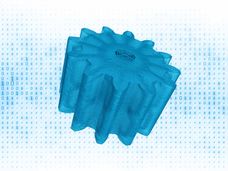
ZEISS ZEN core by Carl Zeiss
ZEISS ZEN core - Your Software suite for connected microscopy in laboratory and production
The comprehensive solution for imaging, segmentation, data storage and analysis

HYPERION II by Bruker
FT-IR and IR laser imaging (QCL) microscope for research and development
Analyze macroscopic samples with microscopic resolution (5 µm) in seconds

Get the chemical industry in your inbox
By submitting this form you agree that LUMITOS AG will send you the newsletter(s) selected above by email. Your data will not be passed on to third parties. Your data will be stored and processed in accordance with our data protection regulations. LUMITOS may contact you by email for the purpose of advertising or market and opinion surveys. You can revoke your consent at any time without giving reasons to LUMITOS AG, Ernst-Augustin-Str. 2, 12489 Berlin, Germany or by e-mail at revoke@lumitos.com with effect for the future. In addition, each email contains a link to unsubscribe from the corresponding newsletter.






















